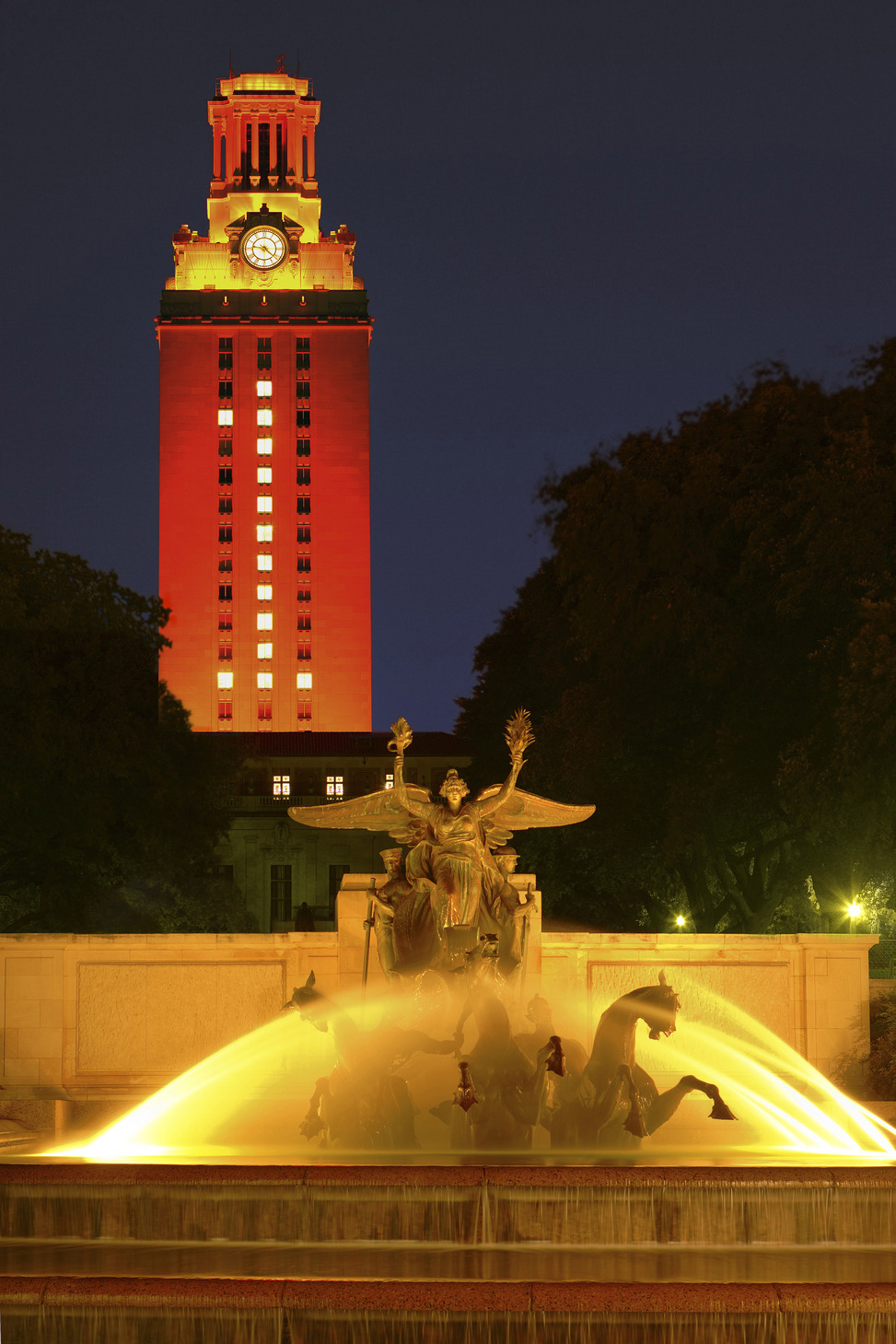History of the Sigma Chapter of Phi Kappa Sigma
INCEPTION (1940-1972)
On April 20, 1940 the Grand Theta took an instituting team from Mu Chapter (Tulane) to the
University of Texas, Austin, and initiated twenty-two students and eight faculty members into Phi Kappa Sigma. Eleven active men of the Mu Chapter and four alumni made the trip to Austin. So began the Sigma Chapter at the University of Texas.
The Sigma Chapter flourished for over 30 years. It lasted through World War II and the Korean War. Unfortunately, student unrest and revolution of the late 1960’s over the Vietnam War put out the Sigma flame. Dwindling membership and poor financial management led to the demise of the chapter. The lack of responsibility displayed by undergraduates also destroyed alumni morale.
In 1972 the Texas house was sold. That same year the Chapter died, surrendering its charter and ritual equipment.
RECOLONIZATION (1984-1999)
The Sigma Chapter Re-Activation Interest Group, SCRIG, was formed during Neal Hospers’ term as Grand Alpha. SCRIG was founded to serve as a source point for information and interest in returning to the University of Texas.
In 1981, activity developed between the General Office and the IFC in Austin. However due to the fact that the University had taken a “no involvement” stance with the fraternities on campus which required the fraternities to hire an executive to police themselves and to control new groups attempting to register with the University the effort was postponed.
In May of 1983, the fraternities once again investigated expansion and recolonization.
On September 20, 1983, thirteen Phi Kaps met in Austin for the IFC meeting. A vote was to be taken on whether Phi Kappa Sigma would be invited to colonize at the University of Texas.
The presentation to the IFC was made by Mr. Ron Siggs, Assistant Executive Director (class of__). All of the Phi Kaps present were introduced to the IFC, but none were asked to speak. The enthusiasm from the IFC was underwhelming at best. The Phi Kaps later learned that the vote bad been delayed two weeks because a quorum was not present. The vote was taken on October 4th. Phi Kappa Sigma was given unanimous approval to recolonize.
Following this approval, SCRIG swung into action to locate alumni assistance for the colony. The General Office also made plans to begin recruiting men during the second semester. Brother Siggs arrived in Austin on February 1st to recolonize. His initial effort was spent locating students and publicizing a “new fraternity” on campus. This was done through contact with resident advisors in dormitories, flyers, newspaper ads, and word of mouth.
Within three weeks, 120 undergraduates had been contacted. Through a series of interviews and evaluations, 56 men were asked to join the Sigma Colony. All men accepted the invitation.
On February 22nd, Phi Kappa Sigma formally pledged 56 men into the Sigma Colony. The ceremony took place in the chapel of the University Christian Church. 22 alumni and undergraduates were on hand, as well as Executive Director Welch and Past Grand Alpha Hospers. It was a very exciting and heartwarming experience.
At this point officers of the colony were appointed. Committees were also formed and the task of obtaining IFC recognition began. Alumni began the process of forming a homecoming corporation and deciding on chapter advisory positions.
Prior to pledging, two Austin alumni had contributed significantly to the recolonization of Sigma. Charlie Eppright, who was recently appointed chapter advisor, and Bobby Waddell each assisted in the recruiting of undergraduates and the recruitment of alumni assistance.
Brother Siggs left Austin on February 27th. The colony numbered 63 men. Goals and programs were formulated and the colony began action to achieve chapter status. The colony had continued to progress. By the end of April the group had 77 members. The selection process was thorough, involving interviews and pre-established procedures.
The Colony located and leased its first house, Spuce House, located at 23rd and San Gabriel, in Fall 1984.
After establishing that the colony was stable and reliable, the colony progressed smoothly and earned its re-chartering as Sigma Chapter. In October of 1984 the Sigma was given its official charter.
In 1986 the Phi Kaps with ____ brothers moved in to a rented Historical landmark located at 21st and Rio Grande. In ______ Sigma Housing Corporation purchased a house located at 2505 San Gabriel.
The Phi Kaps would continue to build and participate in one of the largest Greek Systems in the country. The Phi Kaps started many traditions including Philanthropy and Charity Events and other Social events. In addition the number of athletes allowed the Phi Kaps to compete in the large intermural sports and contests within the University system.
The second chartering of Sigma Chapter lasted until August 2000.

